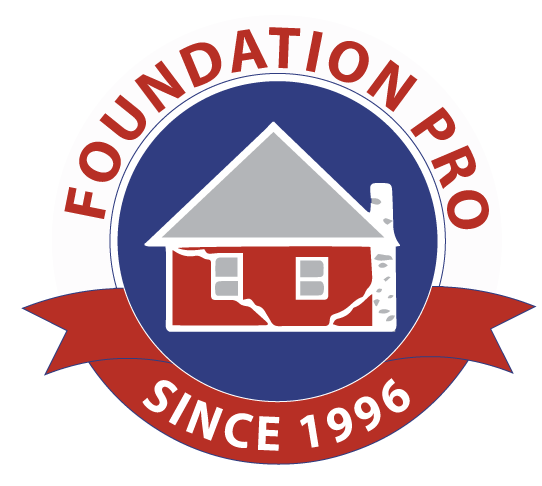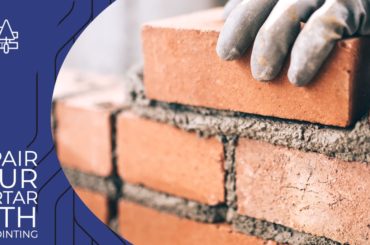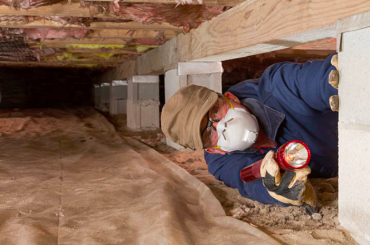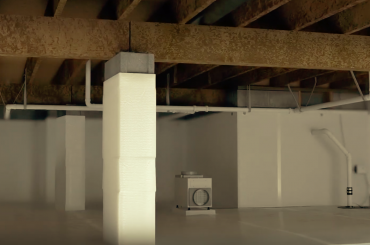Your home is your greatest investment. When you commission foundation repair, you are protecting the value of your property by repairing damage before it gets out of control. And there is no happier feeling than returning home to a stable, gorgeous residence that you are proud to call home. But what can you do after a foundation repair project to help prevent additional damage? The answer: Maintenance. Your foundation repair technician may make water maintenance recommendations to help you avoid any invasive or expensive projects in the future.
There is no one “right way” to practice water maintenance. Every property is different, and so your foundation repair technician will be able to evaluate your property and map out the perfect preventative care for your foundation.
Are Your Gutters Good to Go?
Gutters are among the most effective tools to protect your foundation from water damage. Without effective drainage, water can seep beneath your home or leak into your basement. A properly installed roof runoff system diverts the water away from your home. The following are a few gutter tips to bear in mind during your next search for water maintenance solutions.
- Don’t Forget About Downspouts– Downspouts
are vertically positioned to direct water away from the foundation of your
home. These additions will help your gutters function at their best.
- If you have gutters, but need a little extra water-redirection power, a downspout extension may be the solution. Above ground downspout extensions are inexpensive and can be installed for around $20.
- Clean Your Gutters Regularly– The best way to keep your gutters at their most efficient is to keep them clean and unclogged. The amount you clean your gutters depends upon your environment, but a good rule-of-thumb is to clean them at least twice a year.
- Watch the Rain– When it rains, go outside and watch what the water is doing. You can learn a lot about your property by analyzing the direction in which the water flows. When water flows towards your home, it causes the soil to be unstable, which puts your foundation at risk. If you notice consistent puddling, that is likely a source for stagnant water that can potentially damage your foundation. You can either fill these low spots or a professional can tell you how a drain or gutter installation can help solve your water problem.
- When All Else Fails, Plant Some Flowers– Gutters are only your first line of defense against water damage. Gardens and proactive landscaping are two natural solutions to drainage problems. Some homeowners even go so far as to create a “Rain Garden” to manage water runoff. These involve native flowers and grasses as well as water-absorbent soil.
If you need gutter repair, Foundation Pro will refer you to the professional best suited for your project.
Protect Your Crawl Space with Moisture Control
Once you repair tight areas, such as a crawl space, you want to make sure no water gets in and undermines all of your hard work! Foundation Pro offers three major maintenance components that will help keep damages such as mold, mildew, rot, insects and odors out of your crawl space.
- Vapor Barrier/Moisture Barrier- A Vapor Barrier or Moisture Barrier protects your foundation from the moisture in the air by covering the ground with high grade sheets of polyethylene. This barrier is cut around the edges of foundation piers, HVAC ducts and plumbing. The seams are then sealed with waterproof tape. Adhesive caulking binds the barrier to the foundation walls.
- Dehumidifier- After encapsulating your crawl space, you’ll want to make sure moisture doesn’t stick around to damage your wood and attract insects. Foundation Pro professionals will asses your home and determine a dehumidifier installation plan.
- Drainage– Even with crawl space encapsulation and a dehumidifier, homeowners should keep as much water away from their foundation as possible. Drainage installations are the final corner of the Foundation Preventative Care Trifecta.
Drain Installation as Preventative Foundation Care
A common cause of foundation damage is when the moisture beneath your home causes the soil to expand and contract, resulting in a foundation shift. Your foundation repair professional might recommend installing a drain to prevent dramatic soil changes. The following drainage solutions can be installed alongside foundation repair to prevent future damage.
- French Drains- Sacre bleu! Despite its misleading name, this drain has no history with the country of France. It was invented by a New England gentleman named Henry Flagg French in the 1850s, because he was convinced that a wet basement could make people sick. Turns out, his theories were not that far from the truth!
Today, the French Drain helps homeowners fight stagnant water and keep the moisture in their soil consistent. The basic concept is this: Water flows downhill. With that common tidbit of information, professionals can install a sloped trench that holds a pipe surrounded by river rock or gravel and diverts water away from your home. The gravel acts as a safety installation, catching dirt and debris that might clog your drain.
- Trench or Track Drains- A trench or track drain is designed to rapidly evacuate surface water across a finished concrete driveway, sidewalk, pool deck or patio. It helps eliminate the possibility of standing water, which prevents water damage to your remodeled concrete. If you live in an area that has a possibility of flooding, or notice puddles of standing water on your property, a track drain might be the ideal solution.
A Little Extra “Sump-in” is Pumpin!
If you’re concerned about the water beneath your home, a foundation repair professional might recommend installing a Sump Pump, an electric pump that moves water from your basement and out of your home. If you have a Trench or a French drain, it will guide water to flow towards your Sump Pump. The pit of the pump, known as the basin, holds the sump pump and collects moisture until the water levels are too high. The water is then automatically discharged away from your home!
Protect Your Foundation Vents with Vent Wells
Sometimes the smallest preventative installation can make the biggest impact. Vent wells are used to provide space for foundation vents. They provide maximum airflow and keep particles such as dust and debris from obstructing your vents. They also help prevent a build-up of moisture, which can cause mold, mildew and unpleasant odors. A professional will be able to install your vent well in such a way that it prevents water and dirt from entering your crawl space.
Call Foundation Pro for a FREE Consultation!
If you notice the warning signs associated with a damaged foundation, such as
cracked bricks, sinking concrete or standing water, contact a foundation
professional immediately! The sooner you fix your foundation, the sooner you
can get your home back to normal. Call Foundation Pro today at 501-753-1009!




